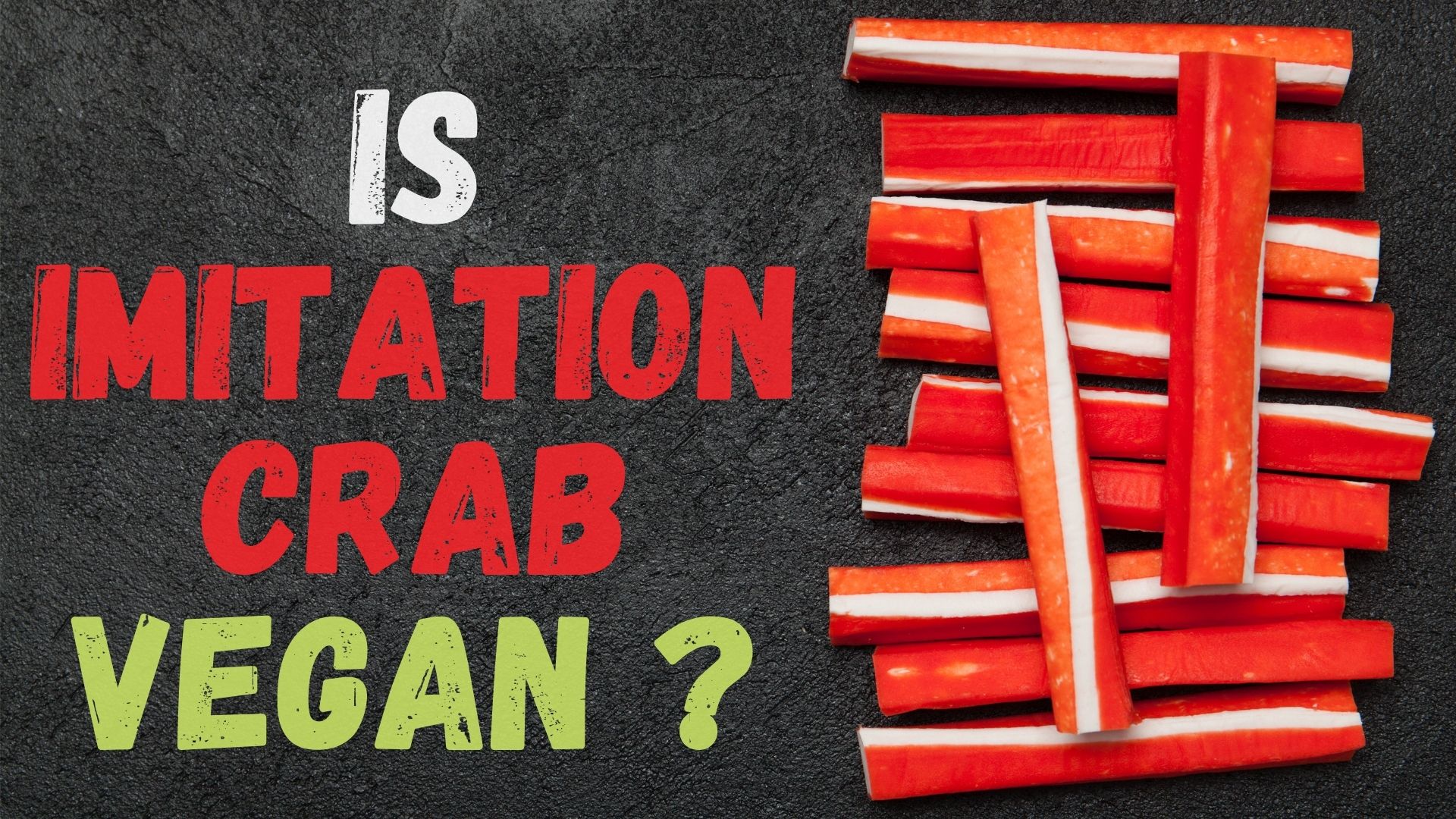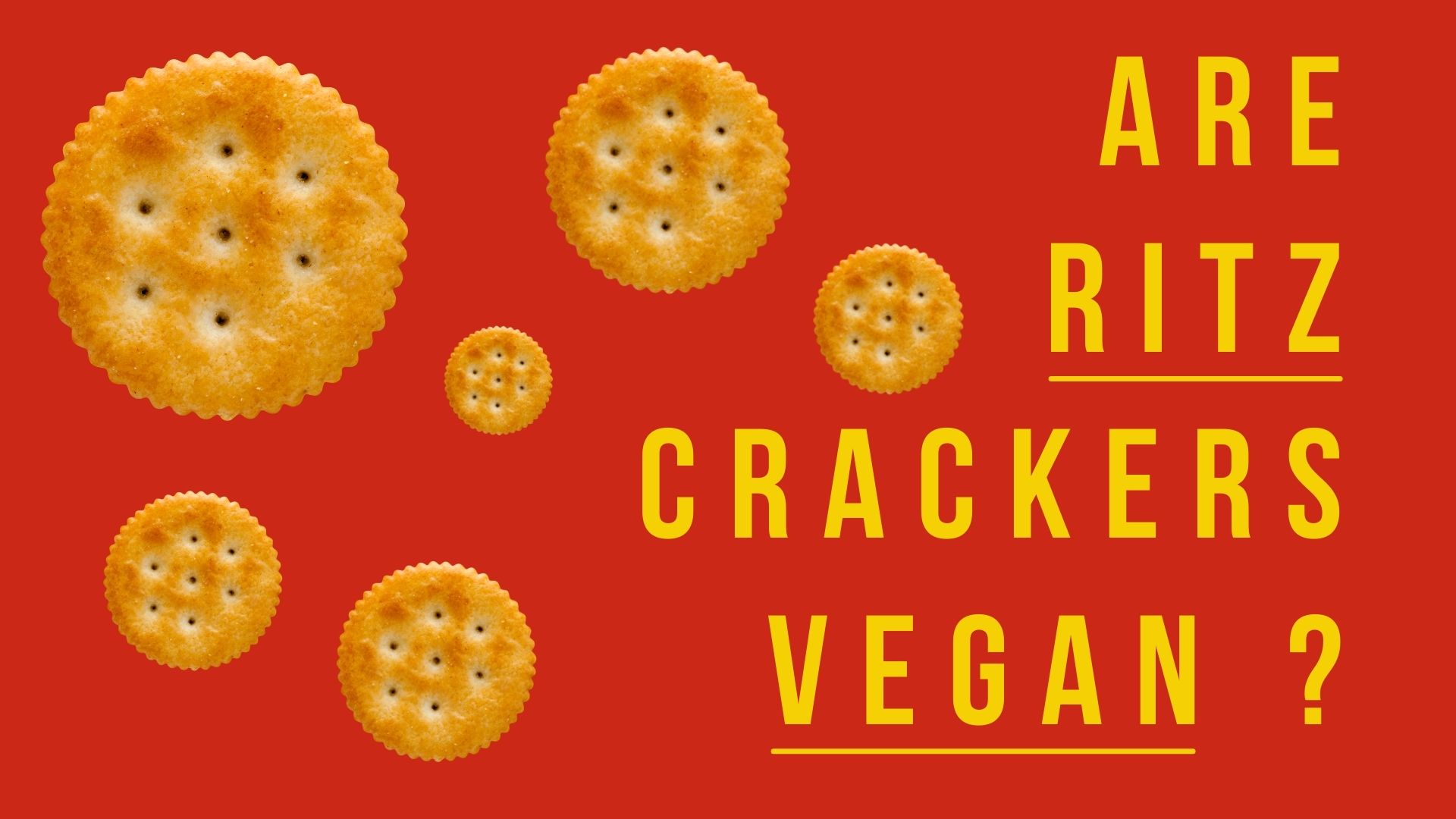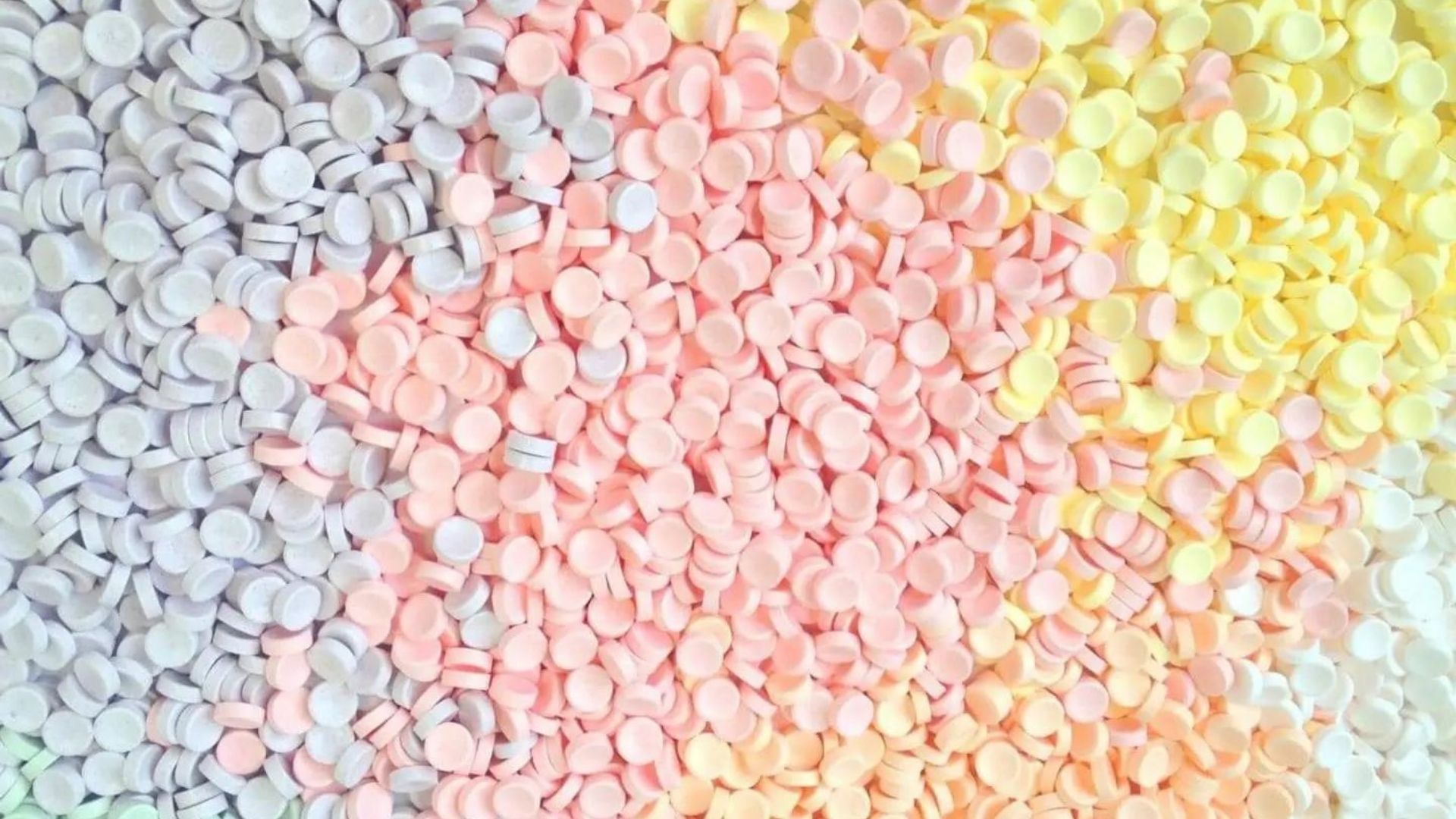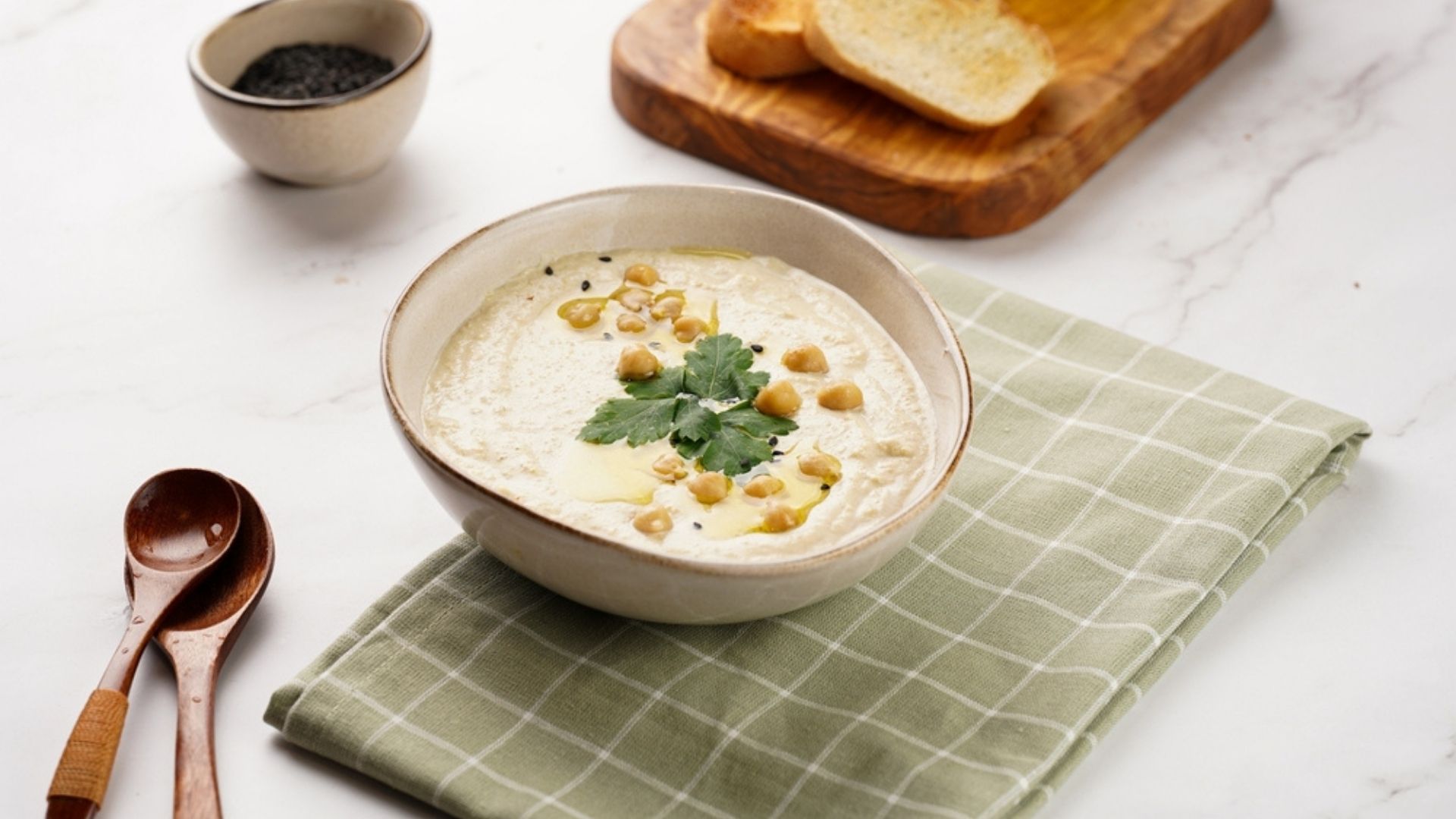
Is Tahini Vegan? You Might Be Surprised
Tahini, a popular condiment, is often eaten by itself (as a dip, sauce, or condiment) and plays a significant role in condiments and spreads like hummus and halva.
Although the condiment originated in North African, Middle Eastern, and Eastern cuisines, it is becoming more popular worldwide.
I am often asked if it is suitable for vegans.
Is Tahini Vegan?

Tahini, including tahini sauces and paste, is vegan.
It is simply ground sesame seeds, so it is 100% plant-based and 100% vegan.
You can use it in many recipes, some of which contain animal products.
However, tahini is vegan.
What Is Tahini? How Is It Made?

Hummus is a staple vegan dish, so it is not surprising that tahini is also vegan-friendly.
Tahini generally only has three ingredients and is suitable for vegans.
The best tahini is made from 100% pure sesame seed, just like almond butter, which is ideal-made solely from almonds without any other ingredients.
Sesame Oils
The sesame plant ( Sesamum indicum) is where you get your sesame seeds.
This was the first oilseed crop to be cultivated.
Sesame seeds can be vegan-friendly because they are made from plant material.
Oil
Although oil isn’t usually added, many oils can make tahini.
There is no reason to use any other oil than nut oil or vegetable oil.
Olive oil is a popular choice.
While there’s no need to add salt, we have seen brands do so.
Salt, a compound of sodium and chlorine, is vegan.
Is Tahini Gluten-Free?
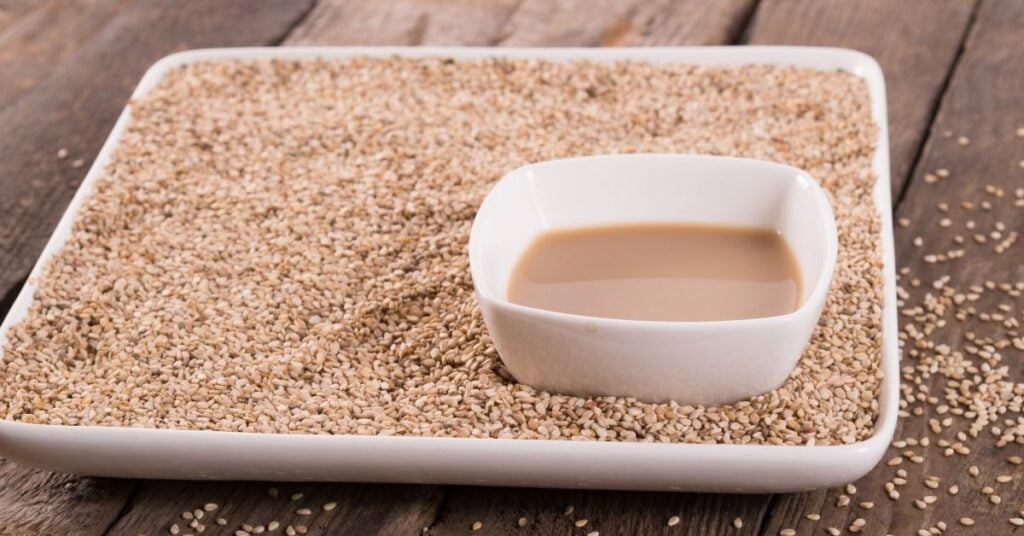
Tahini is both vegan and gluten-free.
This is because tahini only contains ground sesame seeds, which are gluten-free, so tahini is gluten-free.
There are some Tahini products that you can buy that contain gluten.
These sauces are thickened before being consumed.
Is Tahini Good For You?
Sesame seeds have a lot of nutrition.
This paste of hulled sesame seed is incredibly healthy for any diet, primarily vegetarian or vegan, that may lack certain nutrients and healthy proteins.
These Are Some Of The Best Tahini Health Benefits
Vitamin B1, B3, zinc, and phosphorous are high in this product.
Good levels of calcium, magnesium, and potassium.
It contains a staggering 17g of vegan, plant-based protein in a 100g portion.
Low in saturated fat, high in heart-healthy unsaturated oils.
A rare vegan source of omega-3 fatty acids and omega-6 fatty acids to improve heart health, cell regeneration, and many other body processes.
Tahini is extremely nutrient-dense but also fat- and calorie-dense.
Don’t go out of your way to get a midnight snack.
Tahini is best enjoyed in moderation.
Nutritional Profile

Tahini is low in calories but high in protein, fiber, and a variety of minerals and vitamins and monounsaturated and vitamin B2 and Vitamin B1.
One tablespoon is equal to 15 grams.
- Calories 89
- Protein 3 g
- Carbohydrates 3 g
- Fat 8 g
- Fiber 2 g
- Copper 27% of your daily income
- Selenium 9% of your daily income
- Phosphorus 9% of your daily income
- Iron 7% of your daily income
- Zinc 6% of your daily income
- Calcium 5% of your daily income
What Is Tahini Like To Taste Like
Tahini tastes a lot like sesame seeds.
It is bitter and savory with a hint of nuttiness.
Tahini’s texture is extremely thick, which gives it creaminess.
How To Make Vegan Tahini At Home?

Tahini is easy to make, as you only need one ingredient.
You can find tahini in readymade jars at most major supermarkets.
Most of them will not contain additional ingredients.
These are the steps to make your own tahini.
Tahini Ingredients
100g hulled some seeds.
The hulled version has a better flavor than the unhulled.
There are many great vegan oils with a little bit of neutral oil, but you need a neutral oil like rapeseed.
Tahini Making Method
Toast the sesame seed in a large, dry pan on low heat to medium heat.
Once they turn a light color, take them off the heat.
While this enhances the flavor and aroma, avoid overdoing it.
After the seeds have cooled, place them in a food processor.
Blitz them until they form a paste-like consistency
Although it is not necessary or traditional, adding a bit of oil to your mixture can make the tahini smoother and more similar to store-bought products.
Now your tahini can be used as a dip or an ingredient in a hummus recipe.
What Vegan-Friendly Dishes Use Tahini
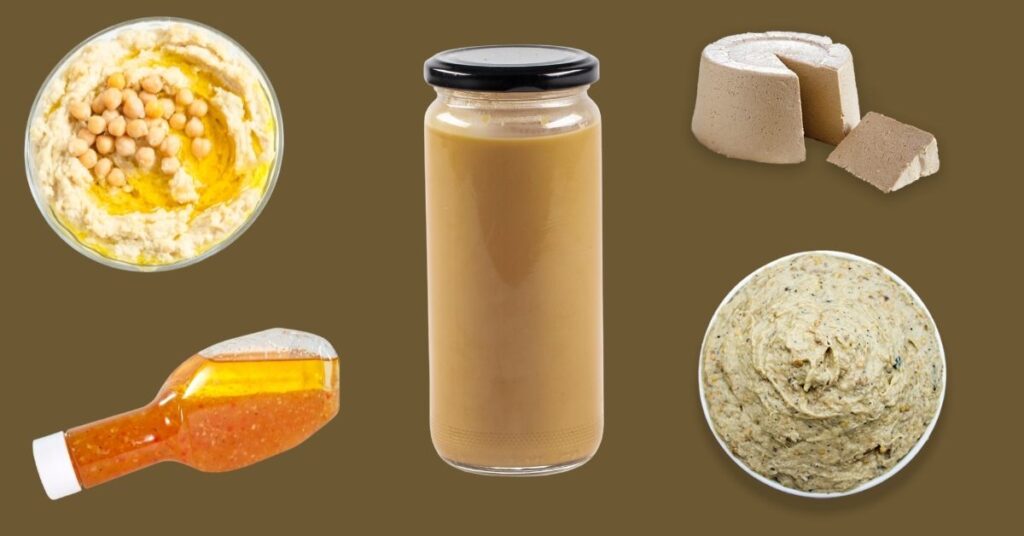
Many Middle Eastern, Mediterranean, and African dishes include tahini as their main ingredients.
These are our favorites, but you can make your own dips by adding lemon juice or lime juice to yogurt or Tahini plus any spices.
Hummus
Is a vegan staple and is made with chickpeas and tahini.
It also contains oil, lemon juice, salt, and other ingredients to suit your personal tastes.
Baba Ghanoush
Another vegan-friendly dip, this one uses aubergine.
Icing
Tahini can also be used in combination with maple syrup and a bit of coconut oil to make the icing on cakes
Salad Dressing
You can make tahini a delicious salad dressing by adding lemon juice, white vinegar, or water. Seasoning and some salt can also help.
Marinade
Drizzle tahini on carrots, parsnips, and other vegetables before roasting.
This can give off a wonderful earthy flavor.
Halva
Tahini can be used in both sweet and savory dishes.
Halva, a Middle Eastern sweet, is a great example.
Is Tahini Sauce Vegan?
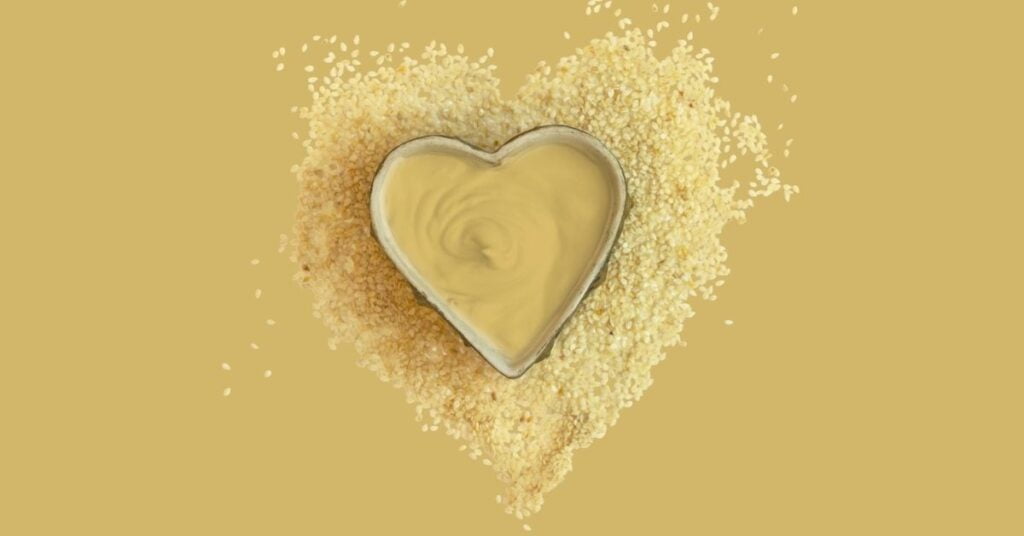
Good news for those who eat a plant-based diet – nearly all tahini can be made vegan!
Tahini generally only contains sesame seeds, occasionally some vegetable oil and salt.
All of these ingredients are completely safe to eat for vegans.
You can still eat tahini to make falafel and many other dishes, but certain circumstances exist.
Some tahini sauces contain additional ingredients, such as tahini paste.
Sometimes, these extra ingredients are not vegan.
How To Make Tahini Sauce
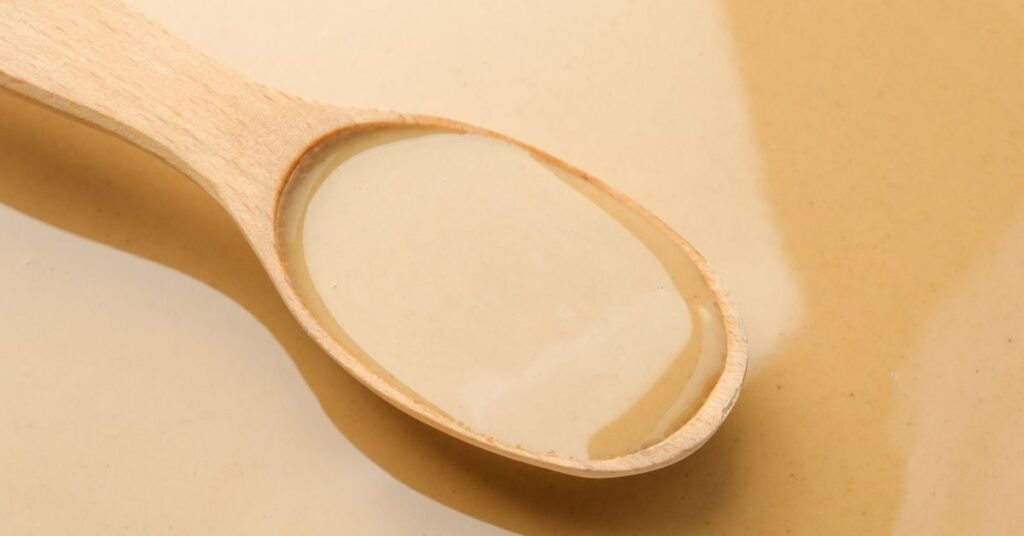
This vegan tahini-based condiment is easy to make and delicious on all kinds of food, including falafels and wraps.
This vegan tahini recipe can be made with store-bought paste or made at home.
Toast some sesame seeds, then blend them in a food processor until you get a thick paste.
Ingredients
- 1/2 cup raw or roasted Tahini Paste
- 1/4 tsp fine sea salt
- 1/4 teaspoon garlic powder
- 1/4 cup warm water
Directions
- Mix the tahini and sea salt in a small bowl.
- Stir until well combined.
- Mix warm water in small amounts.
- Continue whisking until the sauce is smooth.
- Adjust the seasonings if necessary.
- Tahini is the star, but you can also add garlic powder or sea salt to enhance the garlic flavor.
- This sauce is great on falafel, salads, veggie patties, and everything else!
- Keep it in the fridge for up to two weeks.
Is All Tahini Vegan

Most of the time, it is vegan.
However, tahini sauces can contain animal-based ingredients, making them not vegan.
Last Words
Tahini is vegan because it comes from the seeds of a sustainable and easy to grow.
It is free from animals and any animal-derived products along the route.
Tahini is also extremely nutritious and delicious.
Vegans, tahini will be on your agenda.




